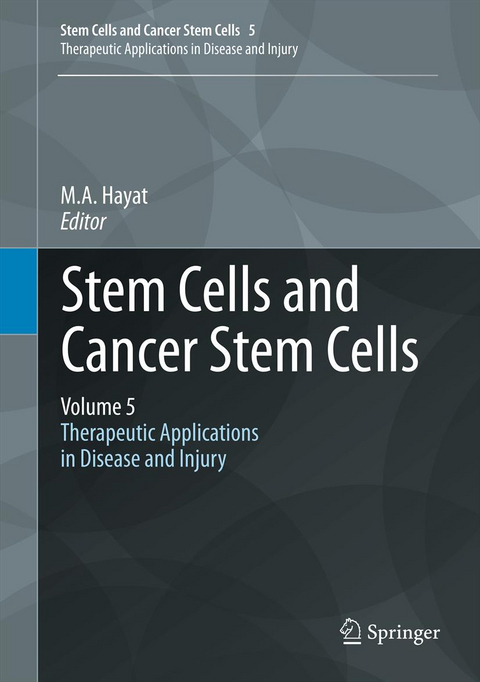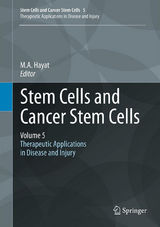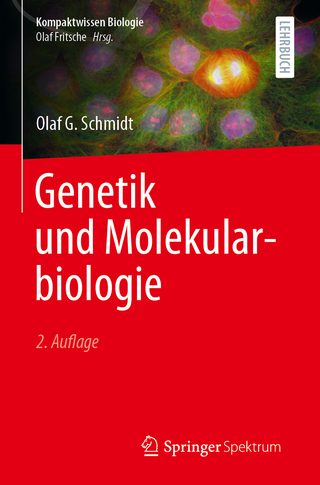Stem Cells and Cancer Stem Cells, Volume 5
It is pointed out that a cancer stem cell is a type within a tumor that possesses the capacity of self-renewal and can give rise to the heterogeneous lineages of cancer cells, which comprise the tumor. It is emphasized that a unique feature of cancer stem cells is that, although conventional chemotherapy kills most cells in a tumor, cancer stem cells remain intact. Vast applications of the following specific stem cells in disease and tissue injury are discussed: embryonic stem cells, human mesenchymal stem cells, cancer stem cells, arterial stem cells, neural stem cells, cardiac stem cells, dental stem cells, limbal stem cells, and hematopoietic stem cells. Because human embryonic stem cells possess the potential to produce unlimited quantities of any human cell type, considerable focus is placed on their therapeutic potential in this volume. These cells are used in tissue engineering, regenerative medicine, pharmacological and toxicological studies, and fundamental studies of cell differentiation. It is pointed out that the formation of embryoid bodies, which are three-dimensional aggregates of embryonic cells, is the initial step in the differentiation of these cells. Therapeutic implications of signalling pathways in cancer stem cells are pointed out. Targeting self-renewal pathways in cancer stem cells are also included. Application of mesenchymal stem cells for treating ischemic brain injury is explained. Neural stem cells proliferation into the surrounding area of the traumatic brain injury is explained.
Cancer Stem Cells.- 1 Signaling Pathways In Cancer Stem Cells Therapeutic Implications.- 2 Inhibition Of Telomerase With Imetelstat Causes Depletion Of Cancer Stem Cells.- 3 Targeting Self-Renewal Pathways In Cancer Stem Cells.- 4 Detection Of Cancer Stem Cells Using Ac133 Antibody.- Tissue Injury.- 5 Peripheral Nerve Regeneration After Traumatic Injury And Stem Cell Therapy.- 6 Neural Stem Cell Proliferation Surrounding The Area Of Traumatic Brain Injury Role Of Exercise Therapy.- 7 Mesenchymal Stem Cell Treatment For Ischemic Brain Injury.- 8 Role Of Neuropeptide Y On The Maintenance Of Self- Renewal And Proliferation Of Human Embryonic Stem Cells.- Cardiovascular Applications.- 9 Differentiation Of Human Adipose-Derived Stem Cells Into Cardiomyocytes.- 10 Cellular Cardiomyoplasty Arterial Cells-Stem Cells Transplantation.- 11 Cardiac Stem Cells Derived From Epithelial-Mesenchymal Transition Of The Epicardial Cells Role In Heart Regeneration (Method).- 12 Allogenic Mesenchymal Stem Cells In Experimental Ischaemic Stroke Translation To The Clinic?- Bone Diseases.- 13 Bone Reconstruction Utilizing Mesenchymal Stem Cell Sheets For Cell Delivery.- 14 Dental Implants Application Using Tissue Engineering Technology.- 15 Dental Stem Cells Regeneration Of Dentin Upon Tooth Injury.- 16 Scaffolds For Human Dental Stem Cells To Regenerate Cementum.- Eye Disorders.- 17 Eye Disorders Caused By Limbal Stem Cell Deficiency.- Viral Applications.- 18 Current Diagnosis And Treatment Strategy For Chronic Active Epstein-Barr Virus Infection.- 19 Reprogramming Of Human Fibroblasts Into Pluripotent Cells Role Of Lentiviral Mediated Transcription Factors.- 20 Patients With Human Immunodeficiency Virus Hematopoeitic Stem Cell Transplantation.- 21 Cytomegalovirus Infection After Hematopoietic Stem Cell Transplantation In Children.- Neural Cells.- 22 Monolayer Culture Condition For Mouse Embryonic Stem Cells Differentiation Into Neural Crest Cells (Method).- 23 Pro-Angiogenic Properties Of The Neural Stem/Progenitor Cells.- 24 Neural Differentiation Of Embryonic Stem Cells Role Of Fgfs.- 25 Neural Stem Cells Differentiated From Embryonic Stem Cells Proteomic Identification Of Expressed Genes.- Tissue Engineering.- 26 Chondrogenesis From Human Mesenchymal Stem Cells Role Of Culture Conditions.- 27 Urethral Tissue Engineering Using Urine-Derived Stem Cells.- 28 Chondrocytes And Mesenchymal Stem Cells In Cartilage Tissue Engineering And In The Regenerative Therapy Of Joint Diseases.
| Reihe/Serie | Stem Cells and Cancer Stem Cells ; 5 |
|---|---|
| Zusatzinfo | XIX, 309 p. |
| Verlagsort | Dordrecht |
| Sprache | englisch |
| Maße | 178 x 254 mm |
| Themenwelt | Medizin / Pharmazie ► Medizinische Fachgebiete ► Laboratoriumsmedizin |
| Medizin / Pharmazie ► Medizinische Fachgebiete ► Onkologie | |
| Studium ► 2. Studienabschnitt (Klinik) ► Humangenetik | |
| Studium ► 2. Studienabschnitt (Klinik) ► Pathologie | |
| Naturwissenschaften ► Biologie ► Zoologie | |
| Schlagworte | Krebs (Krankheit) • Stammzelle |
| ISBN-10 | 94-007-2899-9 / 9400728999 |
| ISBN-13 | 978-94-007-2899-8 / 9789400728998 |
| Zustand | Neuware |
| Haben Sie eine Frage zum Produkt? |
aus dem Bereich




